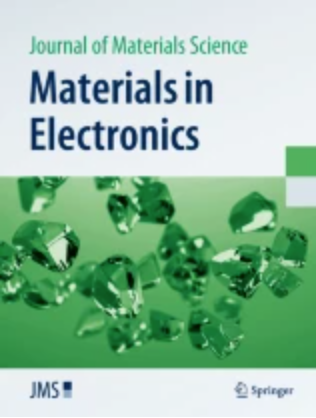The impact of dispersants on the electrical performance consistency of NTC thermistors
Abstract
The consistency of electrical properties is an important factor for the industrial applications of negative temperature coefficient (NTC) thermistors. Spinel-type NTC thermistors typically consist of several transition metal elements. However, variations in the fabrication process can compromise the uniformity of these elemental components, resulting in electrical properties. This study investigates the impact of adding dispersants on the consistency of the microstructure and electrical properties of the Mn–Fe–Co–Zn–O-based NTC thermistors. Thermistors prepared using a solid-state process exhibited a more uniform distribution of elements when two dispersants ammonium citrate and polyether P123 were incorporated during the ball milling stage. The coefficients of variation of room-temperature resistivity (ρ25) and material constants (B25/50) for samples prepared without dispersants were 17.433% and 0.667%, respectively. In contrast, samples prepared with dispersants exhibited coefficients of variation ranging from 7.763 to 11.796% for ρ25 and 0.299% to 0.392% for B25/50. This demonstrates a more uniform distribution of ρ25 and B25/50 following the addition of dispersants. Therefore, the use of dispersants enhances material’s compositional organization, leading to improved consistency in its electrical properties. These findings have significant implications for the development and application of NTC thermistors.

 求助内容:
求助内容: 应助结果提醒方式:
应助结果提醒方式:


